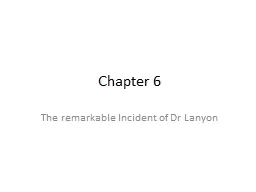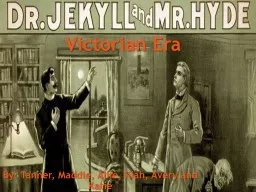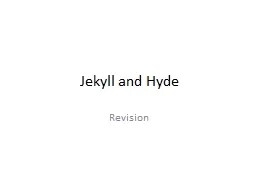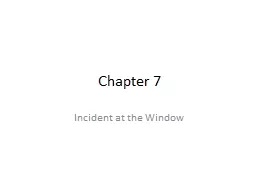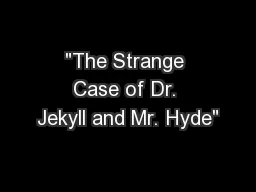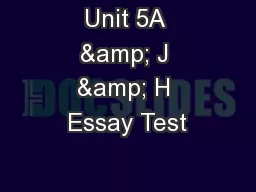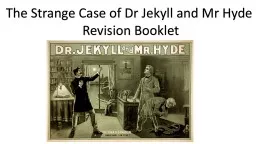PPT-Test Your Knowledge Return to Jekyll Island
Author : queenie | Published Date : 2023-10-31
Click on the letter of your choice to test your understanding Question 1 What event in US history in the early 1900s resulted in a call for reform of central banking
Presentation Embed Code
Download Presentation
Download Presentation The PPT/PDF document "Test Your Knowledge Return to Jekyll Isl..." is the property of its rightful owner. Permission is granted to download and print the materials on this website for personal, non-commercial use only, and to display it on your personal computer provided you do not modify the materials and that you retain all copyright notices contained in the materials. By downloading content from our website, you accept the terms of this agreement.
Test Your Knowledge Return to Jekyll Island: Transcript
Download Rules Of Document
"Test Your Knowledge Return to Jekyll Island"The content belongs to its owner. You may download and print it for personal use, without modification, and keep all copyright notices. By downloading, you agree to these terms.
Related Documents


